Latest Oracle Java Developer Interview Questions and Answers (2025 Edition)
Landing a job at Oracle is a dream for many developers. Oracle owns Java, so when you appear for an Oracle Java Developer interview, expect the panel to go deep into your knowledge of Core Java, Spring Boot, Microservices, SQL, and system design. The interview is rigorous, but with the right preparation, you can crack it.
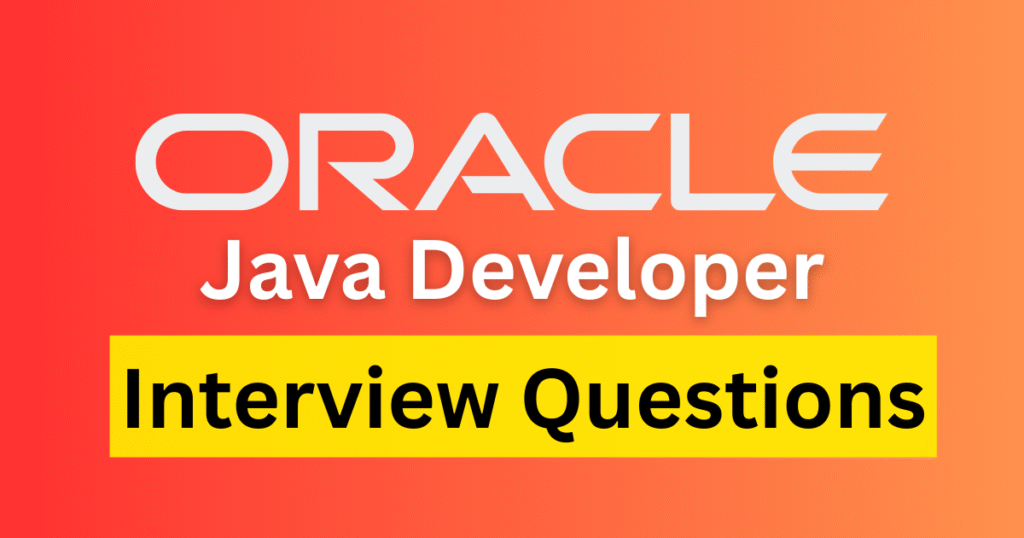
In this blog, we’ve compiled the latest Oracle Java Developer interview questions (2025) collected from recent candidates—along with explanations and sample answers to help you prepare.
👉 Pro Tip: Don’t just memorise answers. Focus on conceptual clarity, coding practice, and project-based learning. Oracle often tests whether you can apply Java concepts to real-world scenarios.
Oracle Java Developer Interview Questions (2025 Edition)
1. Tell me about your project
Interviewers want to assess your real-world experience and contribution.
Structure your answer like this:
- Domain & business problem solved.
- Tech stack used (Java, Spring Boot, Docker, AWS, etc.).
- Your role & contributions.
- Challenges and how you solved them.
2. Explain your Project Architecture (with diagrams if asked)
Oracle prefers candidates who can visualise systems.
- Layers: UI → Backend (Spring Boot) → Database → Cloud (AWS/Oracle Cloud)
- Include microservices, APIs, message queues, and caching if used.
- Keep it modular and simple.
3. Difference between List and Set in Java
- List: Ordered, allows duplicates (e.g.,
ArrayList,LinkedList). - Set: Unordered, no duplicates (e.g.,
HashSet,TreeSet).
👉 Real-world: UseListfor maintaining order,Setfor unique IDs.
4. ArrayList vs LinkedList – Which is Faster?
- ArrayList: Faster random access (O(1)), slower insert/delete in the middle.
- LinkedList: Faster insert/delete, slower random access (O(n)).
👉 If millions of records with frequent search →ArrayList. For frequent insertion/deletion →LinkedList.
5. What is EC2?
Amazon EC2 (Elastic Compute Cloud) = virtual servers in the AWS cloud.
- Provides scalable compute capacity.
- Used for deploying Java applications.
6. What is Docker? Why use it?
Docker is a containerization tool.
- Packages app + dependencies into portable containers.
- Ensures consistency across environments.
- Speeds up deployment in microservices + CI/CD pipelines.
7. Internal Working of HashMap
- Stores key-value pairs using hashing + buckets.
- Collision resolution → LinkedList/Tree (Java 8+).
- Uses load factor & rehashing for resizing.
👉 Be ready to explainhashCode()&equals()contract.
8. What is a Design Pattern? How many have you used?
- Reusable solution to common software problems.
- Examples: Singleton, Factory, Observer, Builder.
- Always link back to project usage when answering.
9. What is the Singleton Design Pattern?
Ensures only one instance of a class exists.
class Singleton {
private static Singleton instance;
private Singleton() {}
public static Singleton getInstance() {
if (instance == null) {
instance = new Singleton();
}
return instance;
}
}
10. What is the SOLID Principle?
- S – Single Responsibility
- O – Open/Closed
- L – Liskov Substitution
- I – Interface Segregation
- D – Dependency Inversion
👉 Use project-based examples when explaining.
11. How to achieve Asynchronous Programming in Java?
Using CompletableFuture / ExecutorService.
CompletableFuture.supplyAsync(() -> {
return "Task result";
}).thenAccept(result -> {
System.out.println("Received: " + result);
});
12. How do you achieve CI/CD in your project?
- Tools: Jenkins / GitHub Actions / GitLab CI.
- Pipeline: Code commit → Build → Unit tests → Dockerization → Staging → Production.
13. How many ceremonies are there in Agile?
- Sprint Planning
- Daily Stand-up
- Sprint Review
- Sprint Retrospective
14. What is a Circuit Breaker?
- The microservices pattern is used to prevent cascading failures.
- Tools: Resilience4j, Hystrix.
- If one service is down, requests are blocked until recovery.
15. SQL Joins – Left, Right, Inner, Outer
- Inner Join: Only matching rows.
- Left Join: All from left + matching from right.
- Right Join: All from right + matching from left.
- Full Outer Join: All rows from both sides, unmatched as NULL.
Final Thoughts
Cracking an Oracle Java Developer interview requires strong fundamentals in Java, system design, microservices, and cloud technologies. Use the above latest Oracle interview questions (2025 edition) to structure your preparation.
Practice Java Stream API coding questions are very important.
Bookmark this blog for daily practice.
How do I prepare for an Oracle Java Developer interview?
Focus on Core Java, Collections, Multithreading, JVM internals, Spring Boot, Microservices, SQL, and cloud (AWS/OCI). Practice coding challenges and system design.
Does Oracle ask coding questions for Java developers?
Expect DSA (Data Structures & Algorithms), SQL queries, and real-world coding problems like designing APIs or debugging code.
What are the most common Java questions in Oracle interviews?
HashMap internals
Collections vs List/Set
Multithreading (synchronization, async programming)
Design patterns (Singleton, Factory)
SQL joins & optimization
Is Oracle interview tough for Java developers?
It’s challenging but fair. Oracle focuses on depth of knowledge, problem-solving skills, and real-world project experience.
What is the salary of a Java Developer at Oracle India (2025)?
On average:
2–4 years exp: ₹10–15 LPA
5–8 years exp: ₹18–25 LPA
10+ years exp: ₹30 LPA+ (depends on role & location)
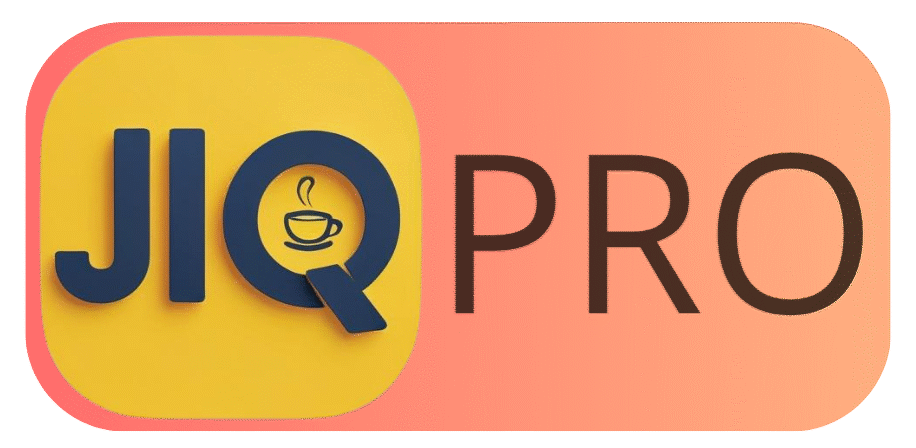
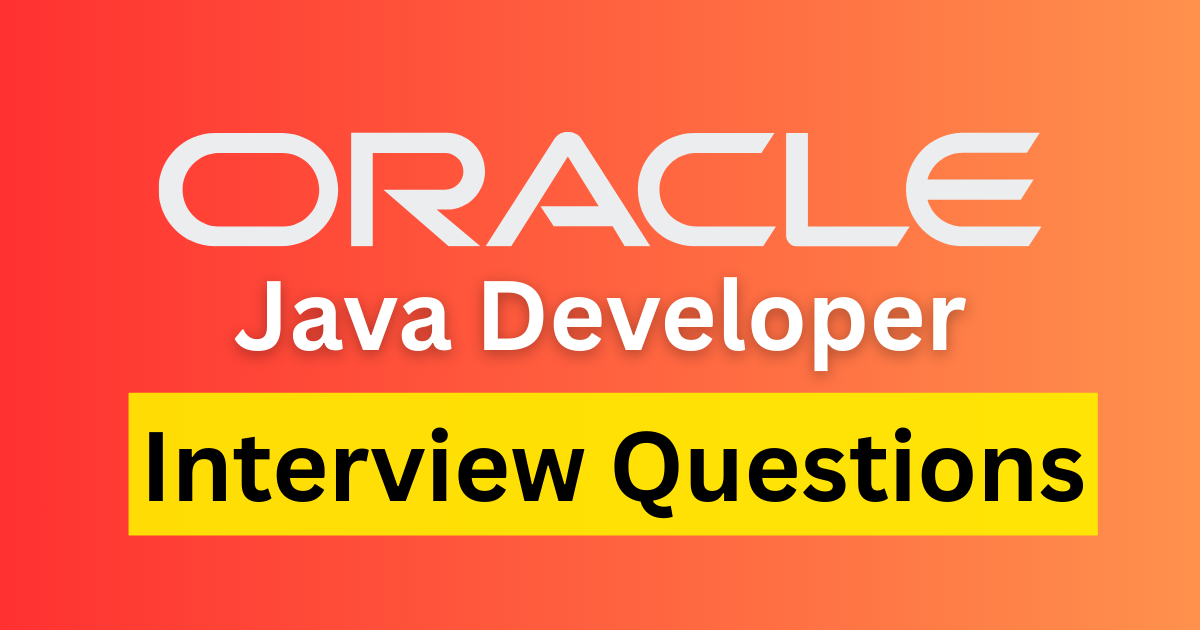
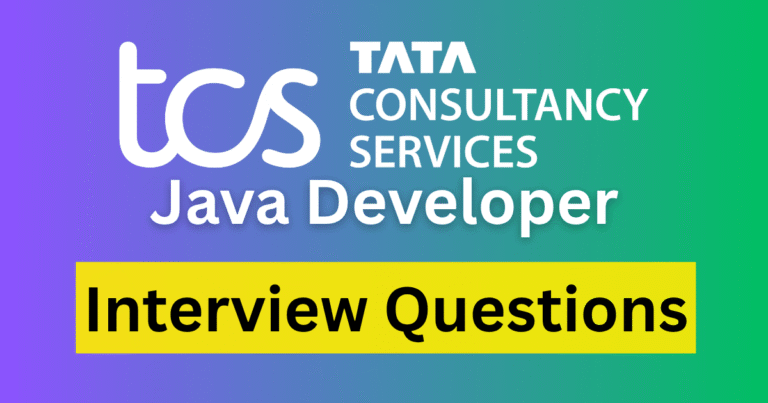
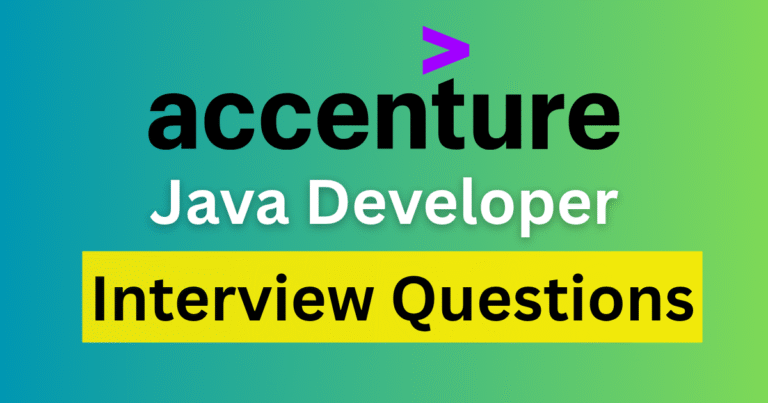
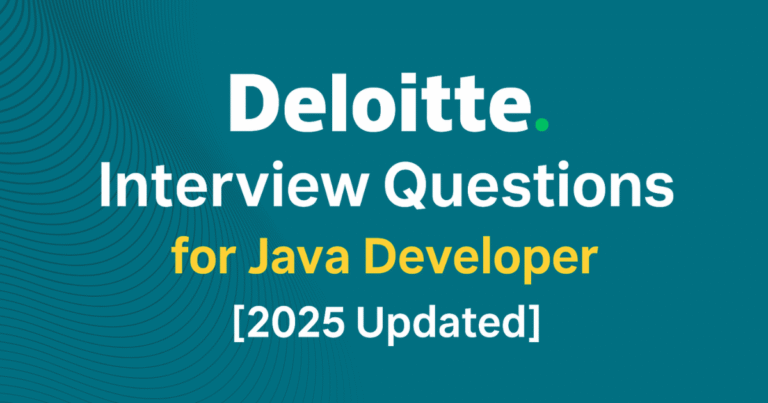
Put more coding questions asked by each company